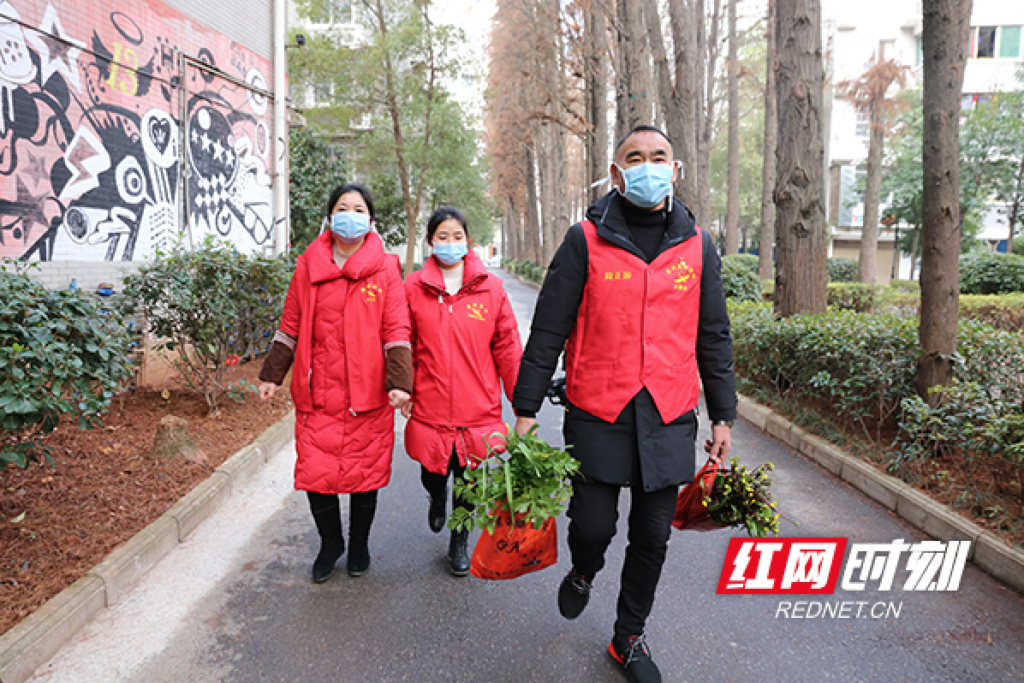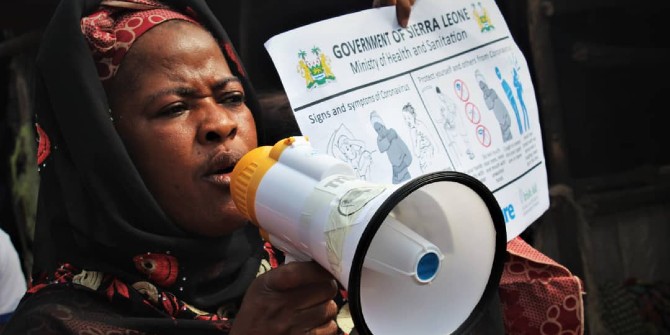 Conventional economics is notorious for having created a highly persuasive analytical toolbox. The challenge of this stream of the profession until the 1960s was to prove the logical possibility that the market could not only coordinate the entire economy, but also keep it stable at that single point of optimum equilibrium. In order to boast the wonders of decentralized market exchange, the theory paradoxically invoked the metaphor of a “benevolent social planner”.
Conventional economics is notorious for having created a highly persuasive analytical toolbox. The challenge of this stream of the profession until the 1960s was to prove the logical possibility that the market could not only coordinate the entire economy, but also keep it stable at that single point of optimum equilibrium. In order to boast the wonders of decentralized market exchange, the theory paradoxically invoked the metaphor of a “benevolent social planner”.
A growing list of circumstances in which markets fail to generate the optimal societal outcome (externalities, coordination failures, and so on) raised the academic premium for sound justifications for avoiding State interventions in the economy. Government failures – it was, and still is, claimed – could be even worse than those of the market.
The theoretical vilification of the State’s performance matched the emerging political philosophy in the early 1980s. Despite the enormous State apparatus created after the Second World War, from 1980s onwards, government functions were gradually reduced to the subordinate role of supporting the private sector. To paraphrase Keynes: neoliberalism won over the West as the Holy Inquisition conquered Spain. Western society surrendered to market dominance, shrinking State capacity despite the achievements of the three decades of postwar Keynesian policies, which generated the highest world growth rates in modern history.
One of the blindsides of the drastic downsizing of the State observed after 1980s is severely limiting its capacity to respond whenever needed. The COVID-19 epidemic made this very clear. Countries that fell for the neoliberal spell faced a flagrant difficulty in organizing an efficient response to a looming healthcare crisis, thus rekindling a debate about the way in which the State operates in society. Read More »





 Conventional economics is notorious for having created a highly persuasive analytical toolbox. The challenge of this stream of the profession until the 1960s was to prove the logical possibility that the market could not only coordinate the entire economy, but also keep it stable at that single point of optimum equilibrium. In order to boast the wonders of decentralized market exchange, the theory paradoxically invoked the metaphor of a “benevolent social planner”.
Conventional economics is notorious for having created a highly persuasive analytical toolbox. The challenge of this stream of the profession until the 1960s was to prove the logical possibility that the market could not only coordinate the entire economy, but also keep it stable at that single point of optimum equilibrium. In order to boast the wonders of decentralized market exchange, the theory paradoxically invoked the metaphor of a “benevolent social planner”. As COVID-19 threatens rice imports from Asia, Wes
As COVID-19 threatens rice imports from Asia, Wes